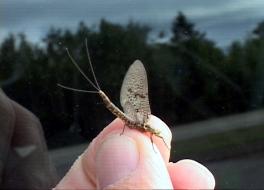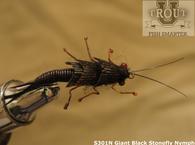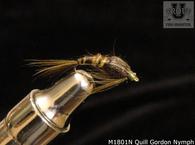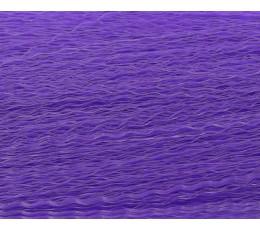
Learn how to match the hatch, how to correctly use hatch charts, and how to distinguish perfect flies from generic flies. Learn how to avoid bad presentations and therefore increase the odds of catching trout.
If you prefer a video format, please see our video the bottom of this page.
First of all, you will need to get a good hatch chart to learn how to match the hatch. You will need a hatch chart specific to the stream/area you want to fish. Most hatch charts are not specific enough to the local areas. For example, there are many differences between the insect populations in the Western USA vs. the insect populations in the Eastern USA. Also, often they are not made from the proper stream samplings of the insects in the stream. As such, hatch charts are generic and thoughtlessly created., so don’t use them. Check out our hatch charts page for more info.
Learn how to use the hatch chart properly keeping in mind that the phrase “hatch chart” is a misnomer. The hatch chart actually tells when the insects emerge and fly away from the water as adults, not when the eggs of the insects actually hatch. When you see that a fly should “hatch” at a certain time, keep in mind that you are actually seeing when the fly should change from a juvenile form to an adult. For example, fish with a fly imitating the nymph stage of a mayfly in the couple of weeks immediately before the time of the “hatch” shown on the chart, and fish a fly imitating the adult stage (i.e. a dry fly) of the same insect at the time of the “hatch.” Also, you may want to fish a dry fly of the insects "hatching" now, with a nymph dropper of the insects that will be "hatching" in the near future.
Note that the trout only come into contact with the adult stage of the flies (imitated by a dry fly) for a very brief period of time, or not at all. It is important to realize that the trout will have a longer period of time to encounter the nymph stage of the insects. Therefore, learn the life cycle of the insect that you are trying to imitate. By doing this you will have a much longer time to match the hatch and you will be more precise in your presentations, and this will increase your odds of catching a trout.
Also, when using the hatch charts, please understand that the hatch chart may need to shift a little one way or the other, based on the year’s weather. A shift of several days in the hatch season may affect your success if you are not aware of it, so be mindful of the weather in your area.
Where do most mayflies hatch? Answer: Even the clingers that live in the fast water runs and riffles move to the slow moving water of calmer pockets and shallow water that is near banks and behind boulders to hatch. Just about all the crawlers and swimmers move to slow to moderately moving water to hatch.
Where do the stoneflies hatch? Answer: They actually hatch out of the water. They move out of their fast water habitat into slower, shallower water to crawl out of the water and hatch on the banks and rocks.
Where do the caddisflies hatch? Answer: All the different species move to the slow to moderately flowing water for their pupae to emerge.
To summarize: Almost all aquatic insects hatch in moderate to calm water which can be close to the faster water or perhaps several feet away from the fast water. When trout feed in the slow to moderately flowing sections of the streams; or eddies, pools, the ends of runs and riffles and calm pockets that are within the fast flowing freestone streams, they can examine the fly much closer.


For more information the student is referred to the following:
Perfect Flies in the store.
Our podcast entitled Why Use Perfect Flies.
Dry Fly Fishing by Adjunct Professor Tom Rosenbauer.
The student is urged to read a great blog right here on Trout University named "Identifying Aquatic Insects and Selecting the Correct Fly".





